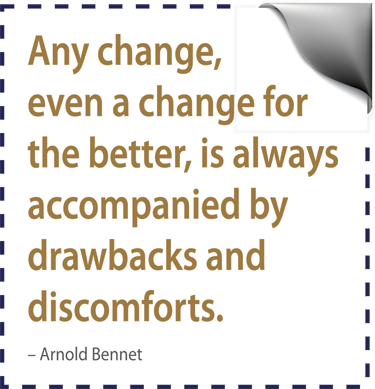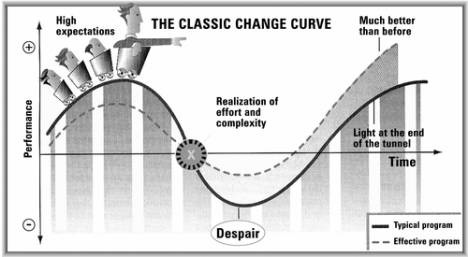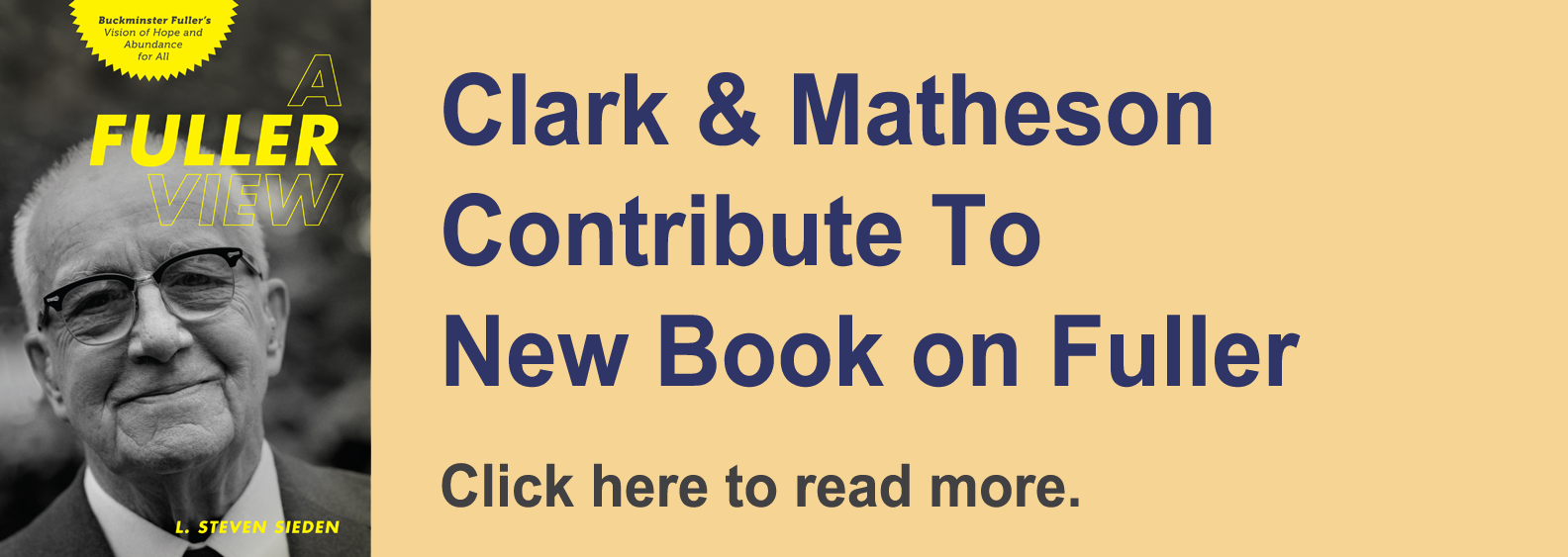Curricula for Successful Change Management
According to a recent Harvard Business Review publication, 75% of all corporate change processes fail. The real bummer is that change initiatives cost organizations a ton, both financially and in the emotional and physical fallout from increased stress levels and uncertainty.
Some fail miserably, never gaining any traction. Others fade over time until the status quo is restored. And while others may achieve a measure of success, they don't often reach full potential.
Understanding the change process and having a structure to guide your team or organization through it is critical. This is where you can do things differently ... and successfully.
There are predictable phases that individuals, teams and organizations go through on the path to change. There are also predictable pitfalls at every phase and successful strategies to overcome those pitfalls.
Change is a process and it's definitely not random. It follows a relatively similar developmental path every time.
The phases are predictable.
The process of change moves through 4 phases and follows a reverse bell curve.
(More on these phases.)
This diagram, called "Schneider's Classic Change Curve", speaks to both individual and organizational movement through a change process.
It describes the path that we follow as we finally achieve or acquire the end result.
Notice the dotted line. This is the line that a successful change program will follow. Notice also that it follows the same trajectory as the less successful program, but with a much less dramatic swing in the wavelength.
The phases of change are not complicated to understand in and of themselves. It's how they relate to each other, what the proactive and reactive impacts of each are, and how different phases will stress different individuals or parts of your organization in a range of ways.
At the same time, although the phases are predictable, there are key points in the change momentum where strong leadership makes or breaks the potential for success.
Knowing what to do during these points, specifically the point of resistance, despair or apathy, can be paramount to a successful change program.
The Synergetics Curricula for Managing Successful Change offers structure at every phase of your change program. It guides strategies for moving your people through the process and into the future. And, at the other end, it continues to offer the stability that you need to begin considering the next level of your evolution.
Find out more.
Understanding the Phases of Change
Some fail miserably, never gaining any traction. Others fade over time until the status quo is restored. And while others may achieve a measure of success, they don't often reach full potential.

Understanding the change process and having a structure to guide your team or organization through it is critical. This is where you can do things differently ... and successfully.
Change is not a random process.
Change is perpetual. It is happening everywhere all around us all the time.There are predictable phases that individuals, teams and organizations go through on the path to change. There are also predictable pitfalls at every phase and successful strategies to overcome those pitfalls.
Change is a process and it's definitely not random. It follows a relatively similar developmental path every time.
The phases are predictable.
The process of change moves through 4 phases and follows a reverse bell curve.(More on these phases.)
This diagram, called "Schneider's Classic Change Curve", speaks to both individual and organizational movement through a change process.
It describes the path that we follow as we finally achieve or acquire the end result.
Notice the dotted line. This is the line that a successful change program will follow. Notice also that it follows the same trajectory as the less successful program, but with a much less dramatic swing in the wavelength.
The phases of change are not complicated to understand in and of themselves. It's how they relate to each other, what the proactive and reactive impacts of each are, and how different phases will stress different individuals or parts of your organization in a range of ways.
At the same time, although the phases are predictable, there are key points in the change momentum where strong leadership makes or breaks the potential for success.
Knowing what to do during these points, specifically the point of resistance, despair or apathy, can be paramount to a successful change program.
Thoughtful planning with a stable systems model will help.
Organizations don't change, people do. So, it's how you manage through the emotional and psychological swings of change that will make or break your results.The Synergetics Curricula for Managing Successful Change offers structure at every phase of your change program. It guides strategies for moving your people through the process and into the future. And, at the other end, it continues to offer the stability that you need to begin considering the next level of your evolution.
Find out more.
Understanding the Phases of Change


